How to Increase Average Order Size with Upsells and Cross-sells

Here’s something I think we can both agree on:
There’s nothing else you want more than to make more sales.
You want to increase the average order value, bring in more revenue, and, ultimately, grow profits. But did you know that sometimes the best way to achieve those goals isn’t in bringing more new customers to your store?
You see:
- According to Bain and Co., even a 5% increase in customer retention can raise a company’s profitability by 75%.
- A couple of years ago, Amazon claimed that up to 35% of the company’s revenue came from selling more to existing customers.
- And lastly, following the Pareto principle, Gartner Group suggested that 80% of your revenue comes from 20% of your customers.
But how do you increase business from existing customers?
Let me share one more statistic before I answer this:
Apparently, according to Marketing Metrics, it’s 50% times easier to sell to existing customers than brand new prospects (source).
In ecommerce, you can achieve this in the simplest way possible – by cross- and up-selling to them.
What are cross selling and upselling?
Upselling is a technique in which you encourage a buyer to spend more by either presenting them with:
- A higher-priced alternative to an item they’ve selected or,
- Offering them a way to upgrade the item’s specification.
It typically means that you’re offering a customer a bigger product than the one they originally intended for a low price upgrade.
Apple for instance offers a number of ways to upgrade a computer a customer selected to buy.
The screen below appears after a person adds a product to the basket and there is no way to skip the option (although of course you don’t have to change your computer specifications).

Cross selling on the other hand is a technique in which you recommend a buyer other products that compliment their current purchase.
To use Apple as an example again – apart from options to upgrade a computer, the company also presents customers with a list of additional accessories to purchase.
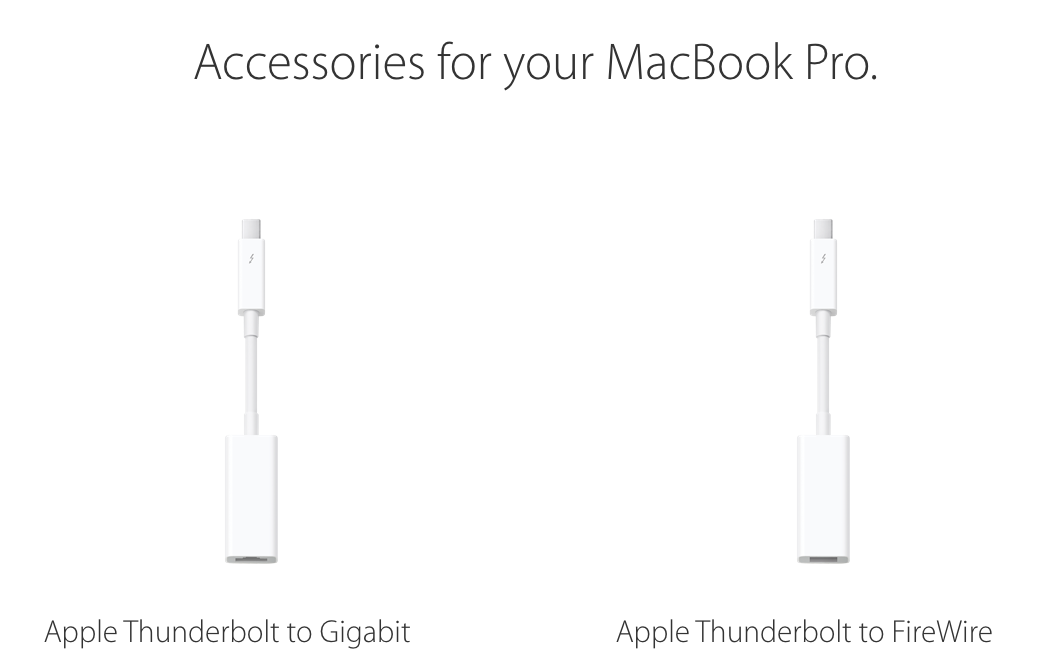
Amazon uses both cross selling and up selling techniques on their product pages.
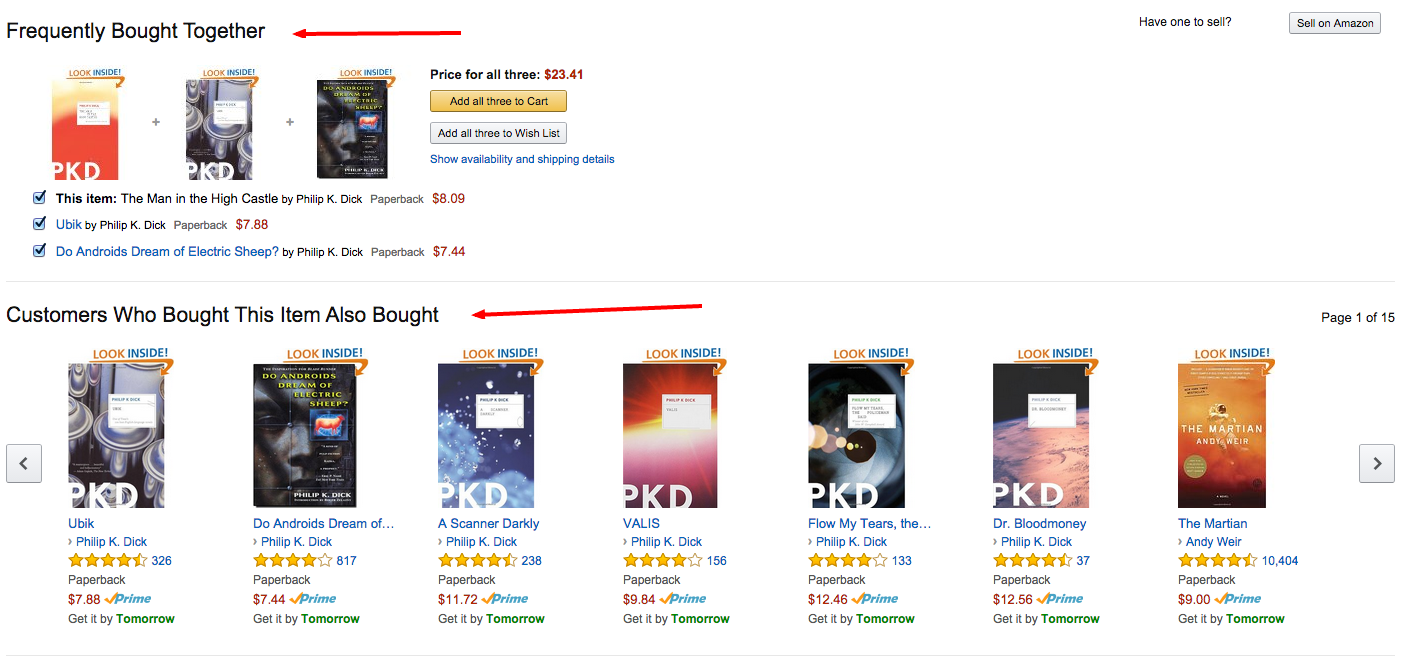
Which option is better for your store?
Various research has confirmed that upselling performs 20 times better than cross selling.
According to Econsultancy for instance:
“The statistics show that upselling, in which visitors are shown similar but more expensive products than the one in view, drives over 4% of sales compared to just 0.2% of sales driven by cross-sales tactics (such as displaying ‘people who bought this item also bought’).”
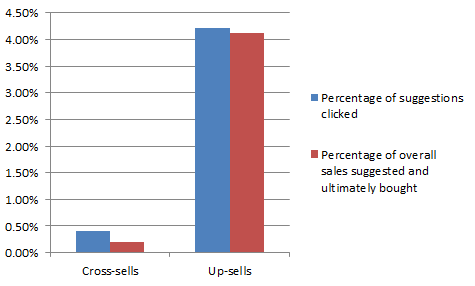
(Image courtesy of Econsultancy)
One reason for that might be that upselling offers genuinely more value to the product.
Cross selling on the other hand may look like a pushy marketing strategy to get a customer to buy more and thus deter them from availing of it.
But does that mean that you should focus only on upselling?
By all means no.
Depending on your product, there might be more opportunities to cross rather than up sell.
If you sell high-ticket products or ones with a lot of peripherals, your options to cross sell additional items might be greater than upselling for a different spec item.
Whatever your choice, here are some ways to implement upsells and cross sells into your store:
Bundle Sales
A bundle is a collection of 2 or more complementing products that are sold as one and thus can be added to the cart from a product page.
What’s more, product bundles are often discounted to raise the perceived value of purchasing multiple products.
Amazon continuously offers bundle sales for almost every product with the “Frequently Bought Together” option.

Add Ons
Similarly, offering a product add-on or additional service – tech support, training, better insurance cover, installation, delivery etc. is another way to upsell your product.
We’ve already discussed this approach in case of Apple offering an option to upgrade every computer you buy or purchase additional Applecare plan.
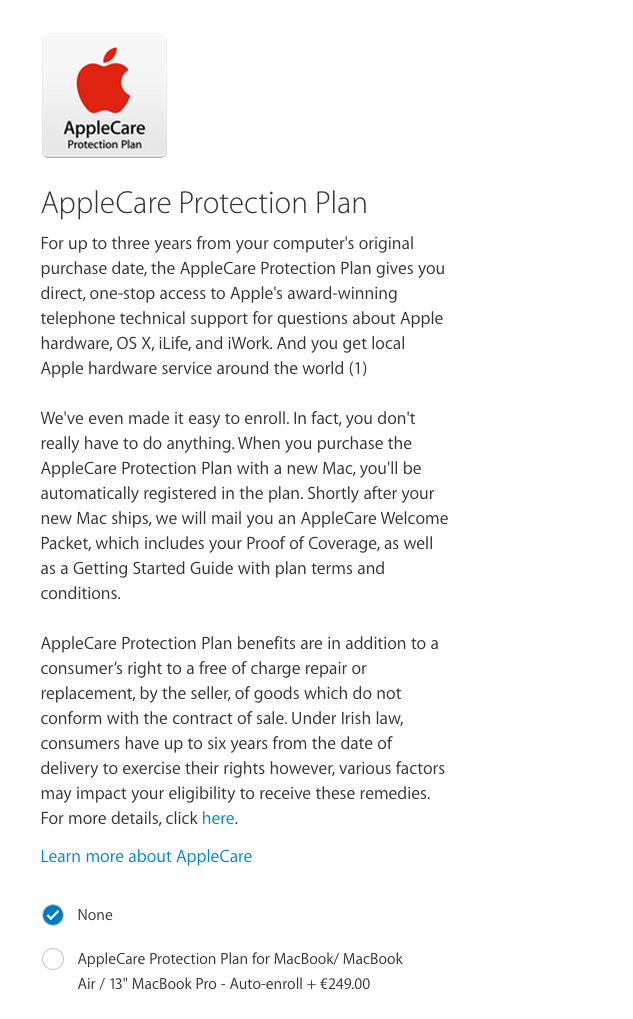
Complementary Product Recommendations
You can also recommend a customer other products you think are essential for the item they want to buy.
Dabs.ie for instance suggests a carrying pack when a customer purchases a camera.
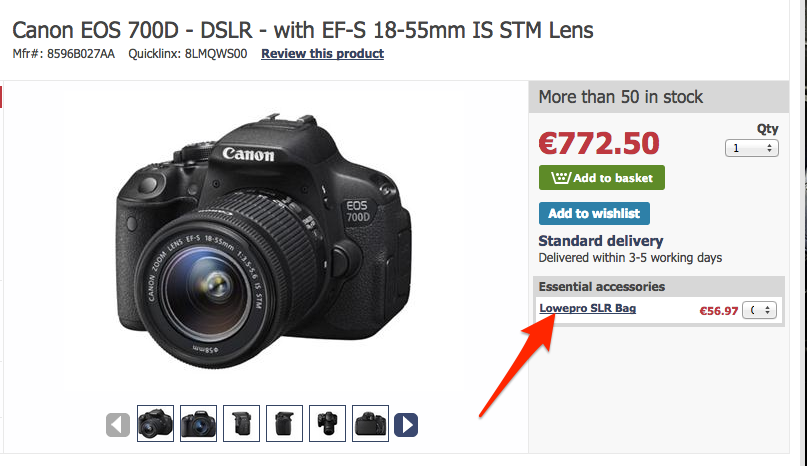
Complementary Products at Checkout
If you sell items that require peripherals or accessories to work, you can offer them as a cross selling opportunity. When a customer buys a printer for instance, you could recommend them a pack of ink cartridges, and so on.
According to a lot of research, the best place to recommend complimentary products is the checkout.
Predictive Intent, for instance, discovered that offering complimentary products at the checkout increased sales by 3% (source).

Conclusion
It’s much easier to sell to existing customers than attract new ones to the store.
Similarly, one of the simplest way to increase profits in an online store is by increasing an average order value.
Both cross and up selling offer a way to achieve both – increase sales from regular customers and grow the average order size.





